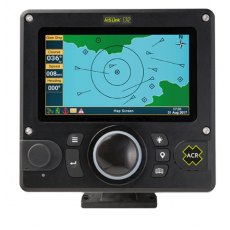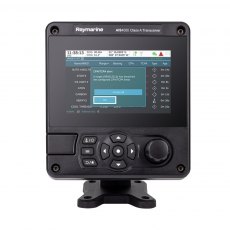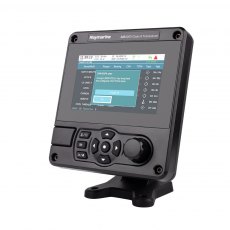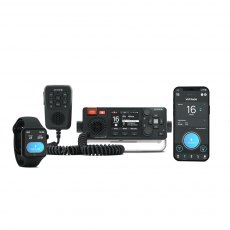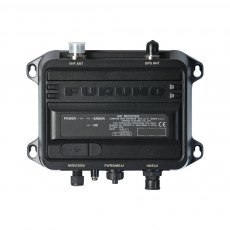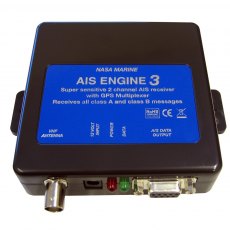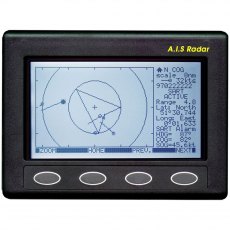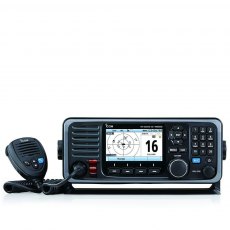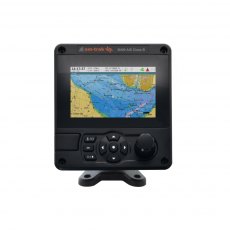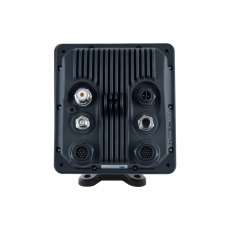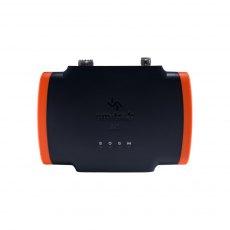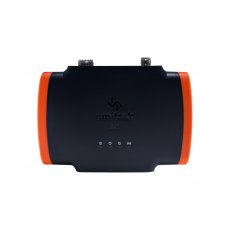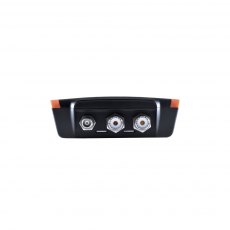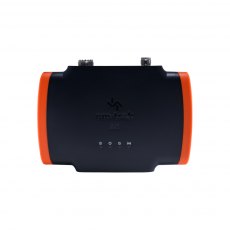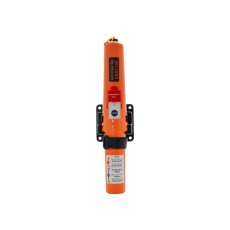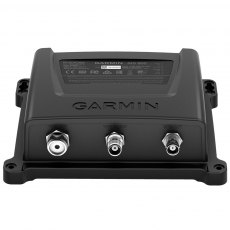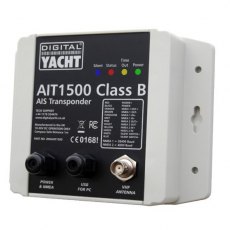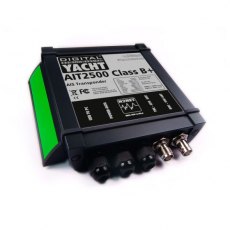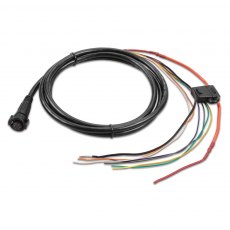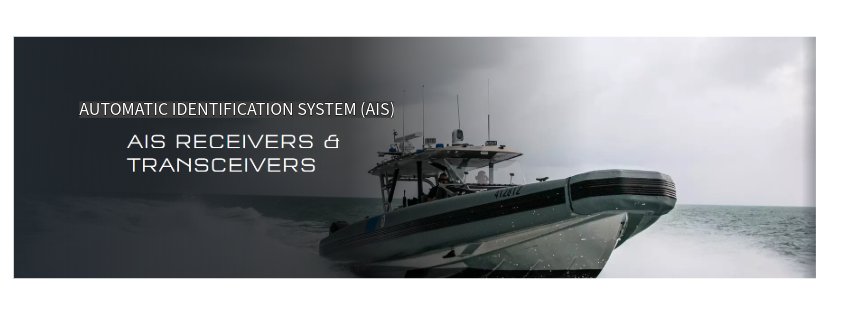
AUTOMATIC IDENTIFICATION SYSTEM (AIS)
AIS forms part of the Global Maritime Distress and Safety System (GMDSS) and is a requirement for all vessels over 300 tons on international voyages, 500 tons non international and all passenger ships to transmit, on VHF, information in digital form which says who they are, where they are, what sort of vessel they are and useful information like course, speed and heading.
Vessels not required to fit by regulation may also fit AIS. Most fishing vessels don’t transmit AIS and most naval vessels, though they have the capability, don’t either. Masters of vessels can switch off their transmissions to protect the security of the vessel and do so in areas where piracy is rife.
The system has expanded to include AIS transmitters on major navigational marks which are known as Aids to Navigation or “Atons”. This has further developed into the concept of “virtual Atons” which are discussed below.


AIS
Types of AIS Equipment
For a shipboard fitting there are three types of AIS equipment, Class A, Class B and receive only. Class A is intended for vessels where the fit is mandatory.
Class A transmits more information, more frequently and at higher power than Class B. Most of the information in the AIS transmission is derived from other instruments on the vessel e.g. course over the ground (COG) and speed over the ground (SOG) from GPS but there is some information that requires manual entry such as vessel status which can be “underway”, “at anchor”, “alongside” etc. Similarly next port of call and numbers of passengers.
Class B is intended for voluntary fit vessels. It is largely “fit and forget” and does not require manual updating. Vessel details are entered when it is installed and it then transmits vessel name, callsign (MMSI), position, COG and SOG.
Both Class A and B receive data from other vessels, and this is used to place icons on the screen of the plotter. These in turn can be interrogated to show all the vessel data.
The third option for a small vessel is to just receive AIS transmissions from other vessels and display them. Early equipment for small craft was receive only and then Class B came into the market and is now favoured. Having receive only means you will be able to see what other vessels are doing but they can’t see you. Large vessels are becoming used to seeing small on AIS and craft transmitting AIS are likely to get more attention than those who are not.
Recently AIS Man Overboard devices have become available and at least one manufacturer now integrates one into its lifejackets. These devices have an advantage over the conventional satellite-based units (EPIRBS) in that they will show up on chart plotters on adjacent vessels whereas the EPIRB will only alert shore side search and rescue authorities.




